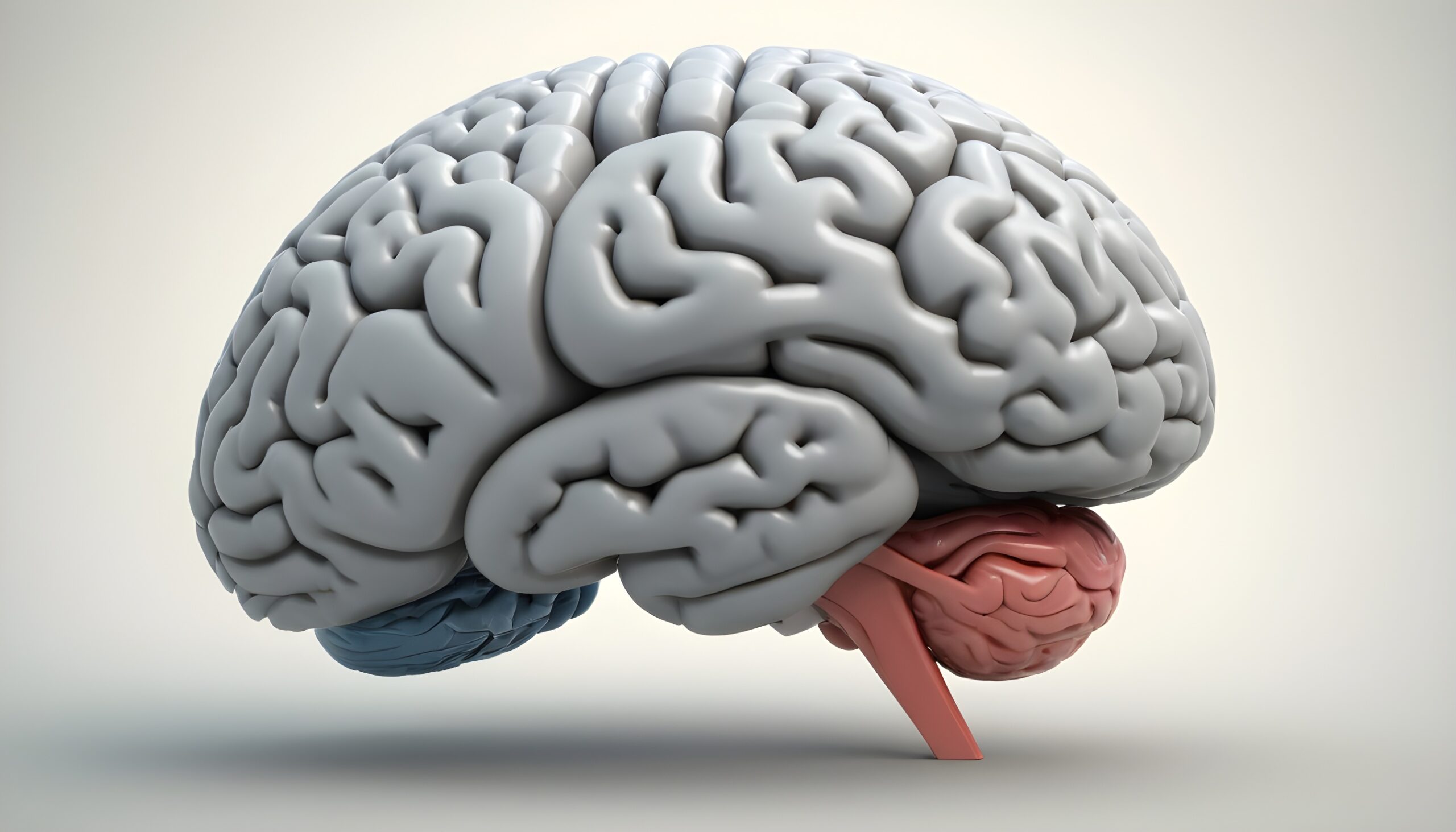Memory serves as a remarkable cognitive faculty, enabling us to capture, retain, and recollect information pertaining to past experiences, events, and knowledge. From the trivialities of everyday life to the profound instances of personal significance, memory intricately molds our comprehension of the world, significantly impacting our thoughts, behaviors, and decision-making processes.
In this article, we delve into the complex mechanisms governing memory formation and retrieval, venturing into the depths of the human brain to unravel its mysteries. Through an exploration of the interplay between various brain regions and neurotransmitters, we seek to illuminate the intricate processes that underlie the creation and recollection of memories.
As we embark on this journey, we aim to unravel the multifaceted nature of memory, shedding light on how sensory information is encoded, stored, and subsequently retrieved by the brain. By understanding the neural mechanisms that govern memory, we gain insights into fundamental aspects of human cognition and pave the way for advancements in fields ranging from neuroscience to education and beyond.
Encoding Memories:
Memory formation is a multifaceted process that commences with encoding, a fundamental mechanism through which sensory information is transformed into a format that can be stored and subsequently retrieved by the brain. Encoding transpires across various sensory modalities, encompassing visual, auditory, olfactory, and tactile stimuli. Each sensory modality contributes to the creation of unique memory traces, shaping our recollection of past experiences and knowledge.
Different types of memories rely on distinct encoding processes. Episodic memories, which pertain to specific events and personal experiences, are encoded through the integration of sensory details, emotions, and contextual information. Semantic memories, on the other hand, encompass general knowledge and factual information and are encoded through the extraction of meaning and relevance from sensory input.
Central to the process of encoding is the hippocampus, a seahorse-shaped structure nestled within the medial temporal lobe of the brain. The hippocampus serves as a critical hub for the initial encoding of memories, integrating information from various sensory modalities and forging associations between disparate elements of an experience. Through its intricate network of connections with other brain regions, the hippocampus facilitates the creation of coherent memory representations, enabling the formation of episodic and semantic memories.
In addition to the hippocampus, the amygdala—an almond-shaped structure located deep within the brain—is implicated in the encoding of emotional memories. As a key player in the processing of emotions, the amygdala modulates the strength and salience of emotional experiences during encoding, enhancing the consolidation of memories imbued with emotional significance. By prioritizing the storage of emotionally charged information, the amygdala contributes to the formation of vivid and enduring memory traces that can persist over time.
Moreover, the involvement of the prefrontal cortex—a region of the brain implicated in executive functions, decision-making, and higher-order cognitive processes—is integral to the encoding of memories. The prefrontal cortex plays a crucial role in organizing and processing incoming sensory information, facilitating the integration of new memories with existing knowledge and schemas. Through its interactions with the hippocampus and other brain regions, the prefrontal cortex contributes to the consolidation and elaboration of memory traces, enriching the encoding process and fostering the retention of information in long-term memory.
The encoding of memories is a complex and dynamic process that involves the integration of sensory information, the formation of associations, and the modulation of emotional experiences. Through the coordinated activity of brain regions such as the hippocampus, amygdala, and prefrontal cortex, the brain orchestrates the creation of coherent memory representations, laying the foundation for the retrieval and utilization of past experiences and knowledge in shaping our perceptions, behaviors, and decisions.
Storing Memories:
Once memories are encoded, they undergo a process of storage, wherein they are preserved in various regions of the brain to be retrieved at a later time. This storage process is critical for the formation of long-term memories, which endure beyond the immediate moment of encoding and play a vital role in shaping our experiences and behaviors over time. The storage of memories relies on synaptic plasticity, a mechanism by which changes in the strength and connectivity of neural synapses enable the enduring retention of information.
Different brain regions are associated with the storage of specific types of memories, reflecting the diverse functions and processes involved in memory consolidation. For instance, the prefrontal cortex, located at the front of the brain, is implicated in working memory and executive functions. Working memory refers to the temporary storage and manipulation of information needed for ongoing cognitive tasks, such as reasoning, decision-making, and problem-solving. The prefrontal cortex plays a crucial role in maintaining and updating this information, allowing us to hold multiple pieces of information in mind and use them to guide our behavior.
In addition to the prefrontal cortex, other brain regions are involved in the storage of different types of memories. The basal ganglia, a group of subcortical structures located deep within the brain, are particularly important for procedural memory and motor learning. Procedural memory encompasses the acquisition and retention of skills and habits, such as riding a bike or typing on a keyboard. The basal ganglia facilitate the learning and execution of motor sequences and routines, contributing to the development of automatic and efficient behaviors.
Neurotransmitters play a crucial role in modulating synaptic plasticity and facilitating memory storage. Glutamate, the primary excitatory neurotransmitter in the brain, is involved in synaptic transmission and long-term potentiation (LTP)—a process believed to underlie the strengthening of synaptic connections during memory formation. LTP involves the persistent enhancement of synaptic transmission following high-frequency stimulation, leading to the consolidation of synaptic changes associated with memory encoding. By promoting the strengthening of synaptic connections, glutamate facilitates the long-term storage of memories and the formation of enduring memory traces.
Similarly, other neurotransmitters such as dopamine and acetylcholine contribute to memory storage through their effects on synaptic plasticity and neural activity. Dopamine, a neurotransmitter involved in reward processing and motivation, plays a role in reinforcement learning and the formation of associative memories. Acetylcholine, a neurotransmitter involved in arousal and attention, modulates synaptic transmission and plasticity in regions such as the hippocampus, contributing to the consolidation and retrieval of memories.
The storage of memories is a complex and dynamic process that relies on synaptic plasticity and the coordinated activity of multiple brain regions and neurotransmitter systems. Through the strengthening and modification of synaptic connections, memories are stored in the brain’s neural networks, enabling their retrieval and utilization in shaping our thoughts, behaviors, and experiences over time.
Retrieving Memories:
Memory retrieval is a dynamic and intricate process through which stored information is accessed from the brain’s neural networks and brought into conscious awareness. This multifaceted process involves the activation of specific memory traces in response to retrieval cues, as well as the integration of contextual information and associations to reconstruct the memory. Unlike passive recall, memory retrieval is an active and reconstructive process, wherein memories are not simply replayed but are dynamically reconstructed based on stored information and current context.
Retrieval cues play a crucial role in triggering the activation of specific memory traces stored in the brain. These cues can take various forms, including contextual details, sensory stimuli, or emotional associations, and serve to facilitate the retrieval process by priming relevant memory networks. For example, encountering a familiar sight, smell, or sound associated with a past event can serve as a powerful retrieval cue, eliciting the recollection of related memories and experiences.
The hippocampus, a seahorse-shaped structure nestled within the medial temporal lobe of the brain, plays a central role in coordinating memory retrieval processes. Acting as a hub for memory consolidation and retrieval, the hippocampus integrates incoming sensory information with stored memory traces and orchestrates interactions between different brain regions involved in the retrieval process. Through its connections with the prefrontal cortex, posterior cortical regions, and other brain structures, the hippocampus facilitates the reconstruction of memory traces and the integration of contextual information to create a coherent recollection of the past.
The prefrontal cortex, located at the front of the brain, is also implicated in memory retrieval, particularly in strategic processes such as source monitoring and decision-making. Source monitoring refers to the ability to discern the origin or context of retrieved memories, distinguishing between memories based on their source or source characteristics. The prefrontal cortex plays a crucial role in monitoring and evaluating retrieved memories, allowing individuals to assess their accuracy and relevance in a given context.
Furthermore, posterior cortical regions are involved in sensory processing and perceptual details associated with retrieved memories. These regions contribute to the vividness and richness of retrieved memories by integrating sensory information and perceptual details into the reconstructed memory trace. For example, visual cortical regions may contribute to the visualization of scenes or objects associated with a retrieved memory, while auditory cortical regions may contribute to the recall of sounds or voices.
Memory retrieval is a complex and dynamic process that involves the coordinated activity of multiple brain regions and neural networks. From the activation of specific memory traces to the integration of contextual information and sensory details, memory retrieval enables us to access and reconstruct past experiences, shaping our perceptions, behaviors, and sense of self in the present moment. Through the concerted efforts of brain regions such as the hippocampus, prefrontal cortex, and posterior cortical regions, the brain orchestrates the intricate dance of memory retrieval, allowing us to navigate the rich tapestry of our personal histories and experiences.
In summary, memory formation and retrieval are complex processes that rely on the coordinated activity of multiple brain regions and neurotransmitter systems. From the initial encoding of sensory information to the retrieval of stored memories, the brain undergoes dynamic changes that shape our understanding of the world and our sense of self. As our understanding of memory continues to evolve, so too does our appreciation for the intricate mechanisms that underlie this fundamental aspect of human cognition.










More Stories
Inside the Hormonal Symphony: Understanding the Endocrine System
Understanding Gallstones: Causes, Symptoms, and Treatment Options
Cells: The Foundation of Life